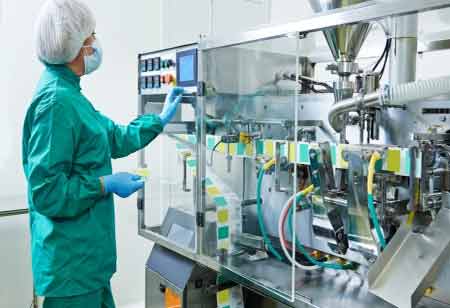Fremont, CA: Stringent regulations govern chemical transportation but demand practical, proactive safety measures from companies and transport personnel. Training is the cornerstone of chemical transportation safety. Understanding the nature of the substances, potential hazards, and how to handle emergencies. Training should cover spills, leak detection, first-aid response protocols, and emergency equipment like fire extinguishers and spill kits. Regular refresher courses help personnel stay updated on safety standards and handle unexpected situations confidently, minimizing risk to themselves and the environment.
Corrosive substances require corrosion-resistant containers, while flammable chemicals must be stored in fire-resistant containers. Packaging should be secure to avoid spills, leaks, or breakage due to vibration, movement, or accidents. Double containment (an additional packaging layer) may be used for added protection, especially for highly hazardous or volatile chemicals. All containers should be inspected before departure to confirm they are intact, secure, and compliant with safety regulations. During loading, avoiding overloading containers and ensuring all chemicals are adequately secured to prevent shifting during transit is essential.
Inappropriate loading or inadequate securing can cause spills, leaks, or chemical reactions that pose significant risks. Securing methods, such as straps, braces, or custom-made barriers, should stabilize the load. Special care should be taken to separate incompatible chemicals (e.g., acids and bases) to avoid dangerous reactions. The vehicle should have appropriate restraint systems for road transport to minimize cargo movement and ensure safe arrival at the destination. Compliance with transportation regulations is a legal and ethical responsibility in chemical transport.
The regulations also dictate specific routes for hazardous materials to avoid densely populated or environmentally sensitive areas. By following these routes and regulations, transporters reduce the risk of accidents in high-risk areas. Regular compliance checks and audits help ensure that all practices meet regulatory standards and promote safe chemical transport. Vehicles should have safety gear, such as spill containment kits, fire extinguishers, and emergency contact information. In addition, drivers and accompanying staff should have quick access to a communication system for notifying authorities during an accident.
Emergency response plans should include clear containment, evacuation, and cleanup steps to minimize risks to public safety and the environment. In coordination with local emergency response teams, emergency drills can further prepare transport personnel to react effectively and mitigate the effects of any incidents. Technology advancements have made real-time tracking a valuable safety tool in chemical transport. GPS tracking and sensor-based monitoring can provide data on the vehicle’s location, speed, and any incidents in transit. For particularly sensitive or high-risk chemicals, sensors can monitor factors like temperature, pressure, and container stability, alerting personnel to potential risks before they escalate.
Tracking systems allow transport companies to monitor the route and identify potential delays or high-risk areas. Should an emergency arise, real-time data can inform quicker, more accurate responses, helping to ensure that corrective action is taken promptly. Ensuring safety while transporting chemicals requires a multifaceted approach that includes comprehensive training, careful classification and labeling, appropriate packaging, adherence to regulations, emergency preparedness, and technological support.

